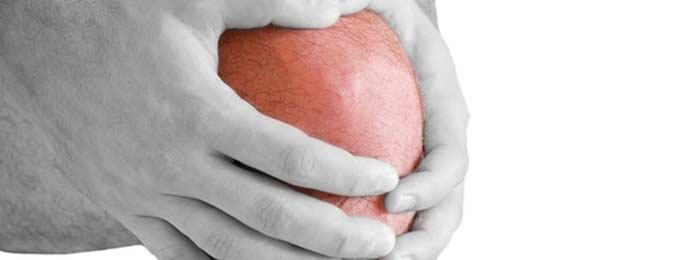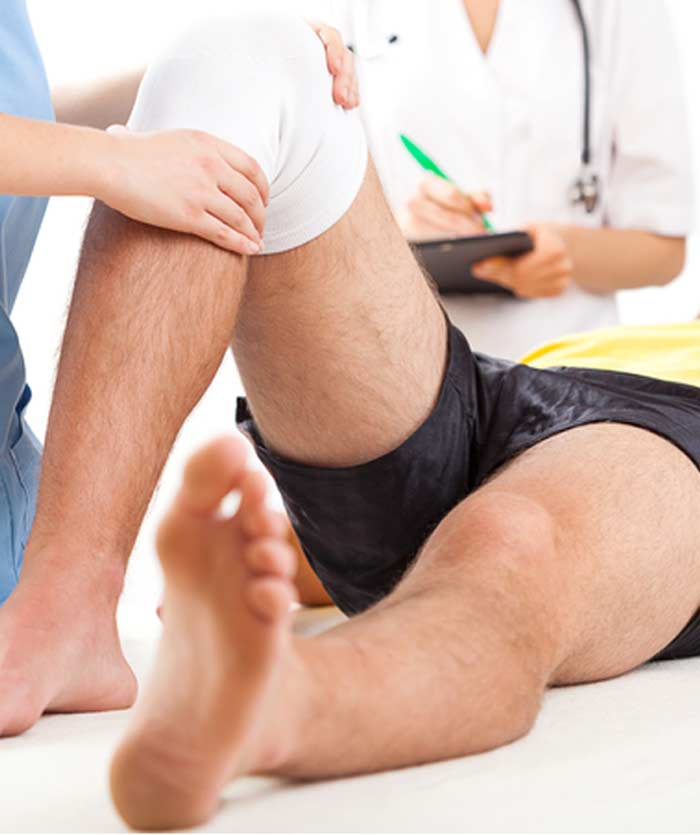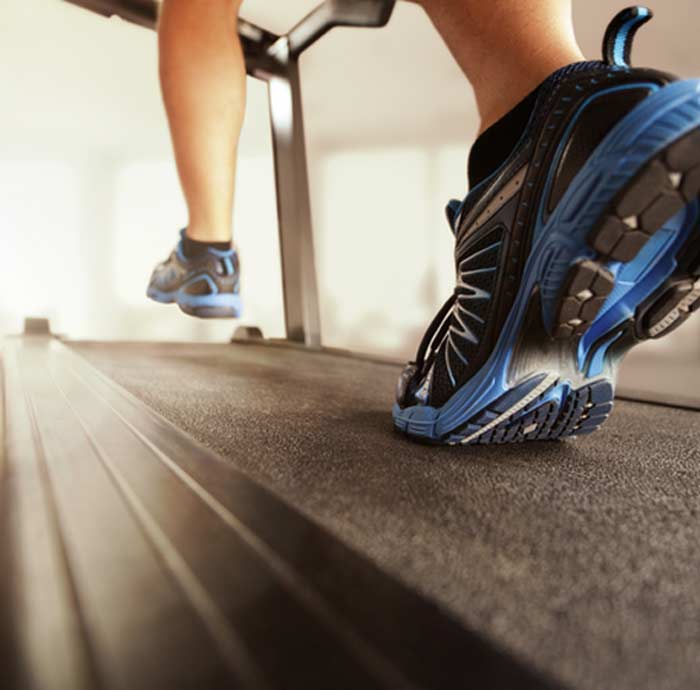
Runner’s knee is a term that describes several conditions that can result in kneecap pain.
The conditions include patellofemoral malalignment, iliotibial band syndrome, anterior knee pain syndrome and chondromalacia patella.
Causes
The knee is lined with soft tissues. There are also tendons and cartilage that help to make up the knee joint. Runner’s knee occurs when the soft tissues become irritated, a tendon is strained, or the cartilage is torn or worn. The following can contribute to this condition:
- Overuse
- Misalignment of the kneecap
- Flat feet
- Inadequate stretching before exercise
- A fractured kneecap
- Trauma to the kneecap
- Partial or complete kneecap dislocation
- Tight or weak muscles in the thighs
- Arthritis
- Plica syndrome, which is characterized by the joint lining becoming inflamed and thickened


Pain in this area might not be directly associated with the knee. It could be referred pain. This means that the source of the pain is elsewhere, but it is felt in the knee. It is not uncommon for knee pain to stem from hip or back pain.
Symptoms
An aching, dull pain that is behind or around the kneecap is the hallmark symptom of runner’s knee. The pain is most common where the femur (thighbone) meets the kneecap. Pain can worsen when someone is:
- Descending or climbing stairs
- Kneeling
- Standing up or sitting down
- Walking
- Squatting
- Running
- Prolonged sitting with the affected knee bent
Popping, swelling, or grinding of the knee is also possible. The outside of the knee is where the pain is typically located with iliotibial band syndrome.
Diagnosis
The doctor will start by looking at the patient’s knee. They will ask about the pain and other symptoms, including the severity and what makes the pain better or worse. This helps them to narrow down what condition might be causing the patient’s symptoms.
To get a better look at the structure of the knee, imaging tests may be done. This could include an MRI, general X-ray or CT scan. This can also rule out certain conditions to make getting an accurate diagnosis easier. In some cases, blood work might also be done to rule out other conditions.
Treatment
Using rest, compression, ice, and elevation is typically the first place to start with treating the condition and alleviating pain. If this is not enough, doctors might recommend taking a non-steroidal anti-inflammatory drug to alleviate the inflammation and pain. Those who cannot take an NSAID might consider acetaminophen.
After the initial swelling and pain go away, doctors might recommend physical therapy. This helps to promote optimal range of motion and strength of the affected knee. For additional pain relief, a shoe orthotic or knee brace might be helpful.
Surgery may be an option for some cases. It is typically only considered to realign the kneecap or repair damaged cartilage.
Once the condition heals, patients can utilize some techniques to prevent future recurrence. These include using the proper running form and shoes, stretching properly, staying in shape, and increasing training gradually.
